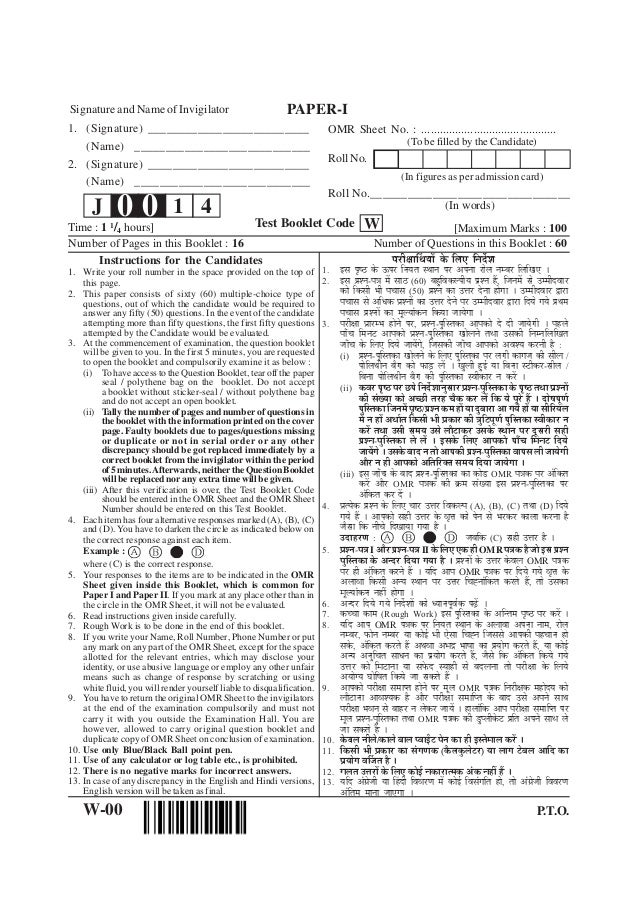Ugc Net Paper 1 Notes

The encoder decides the content of the message. Similarly, decoder is the destination where the message lands. The receiver has to wait for the words to be spoken or written and to make out what he/she can make of them according to his/her knowledge, experience, assumption; and attitudes.
When two people communicate who are equally matched in intelligence, social backgrounds and comprehension power; the advantages and disadvantages pass from one to the other. Thus, the encoder (who is the initiator of the communication activity) chooses his subject and the channel of communication and makes the first impact on the mind of the decoder. Descargar Adobe Photoshop Cs2 Gratis En Espa Ol more. Systemic:Communication takes place within systems. A system consists of interrelated,parts that affect one another. In classroom communication, teacher and each student is part of the system. In addition, the physical environment and the time of day are elements of the system that affect interaction. The history of a system also affects communication. If a student has a history of listening sensitively and working out problems constructively, then he/she will be in better communication mode. On the other hand, if the student has a record of nasty conflicts and internal strife, he/she will not communicate in a better way in classroom. Communication is also affected by the larger systems within which it takes place.

Symbolic communication is symbolic. It relies on symbols, which are abstract, arbitrary, and ambiguous representations of other things.
Paper I CBSE (UGC)-NET Study Material Browse CBSE (UGC)-NET Paper I Study Material Sub-topics. View Notes for. Examrace notes ofr Paper 1 are available. Zeniteducation provide Net study material, ugc net notres, Ias exam notes, ias study material, ias coaching, civil service exams notes, Civil service prepr.
We can determine the elements involved analyze how those elements affect one another,and thus determine the nature of the communicated process as a whole. Message: The second element of the communication process is the message or that information which is being communicated. The source encodes an idea and then determines whether or not to inform, persuade, or entertain. After deciding what message to send,the source uses symbols to get the message across to others.
These symbols stand for other things. Levro 3 Ebook Reader Case. The most iinportant symbols are words, which can represent objects, ideas, and feelings. These words permit us to share our thoughts with other mem bers of our species. To increase the likelihood of successful communication, the source must try to encode,in a way that the receiver understands, so that the receiver can properly decode (interpret) the message. Channel: Channels are the means (that is pathways or, devices) by which messages are of the communicated.
Channels may be described and analyzed in two different ways. Tekken 4 Pc Full Game. The first involves the form in which messages are sent to receivers. Forms include both verbal and non verbal channels of communication. We use our five senses to reeceive messages from others. Channels may also be described according to the manner of presentation employed in communication.
Depending on the situation, the source would concentrate on verbal and/or non verbal channels of communication. If the speaker is not in front of the audience his/her physical appearance wouldn't matter, but if he or she is giving lectures in a classroom or before a live audience, persorial appearance could easily influence the reception of the message. Whatever channels of communication are used, the source must learn to adapt the message to make use of the most appropriate channels available for the situation. Receiver/lDecoder:The person (or persons) who attends to the source's message is the receiver. The act of interpreting messages is called decoding. Receivers decode messages based on past experiences, perceptions, th. Feedback: Another element in the communication process is feedback.